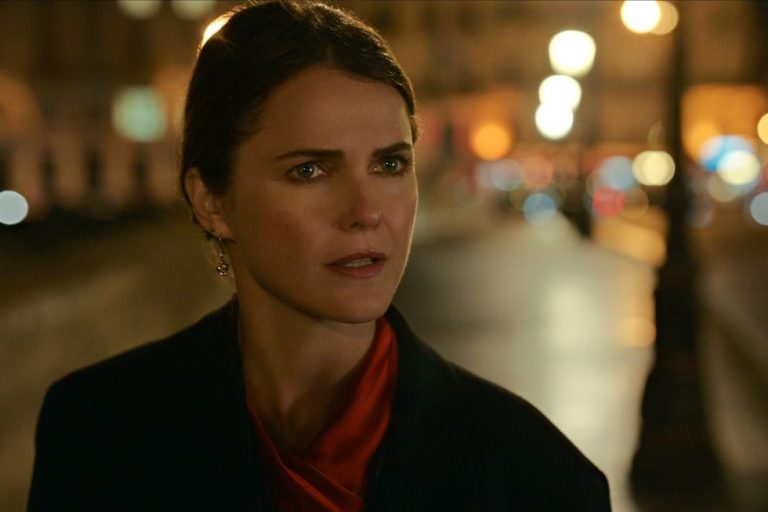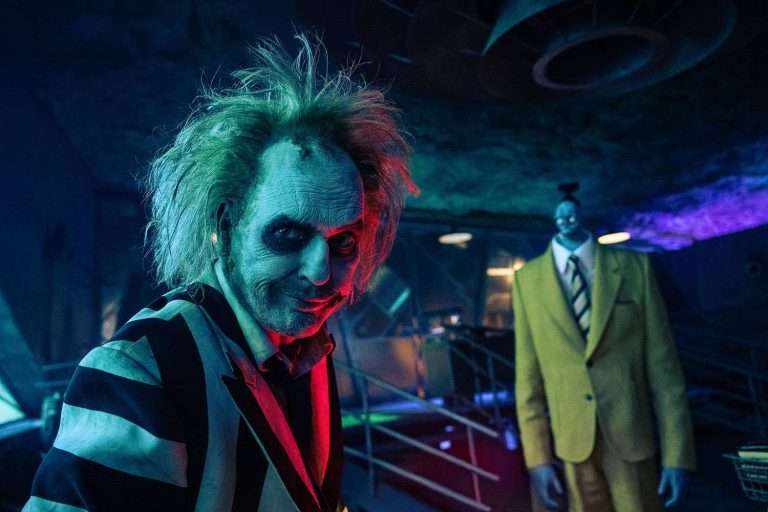Stutz (2022), the new documentary on Netflix, is unlike anything you’ve ever seen. Directed by actor Jonah Hill, it places the actor opened up about his years of struggle with his body, and his complicated relationship with fame, with none other than his therapist Phil Stutz. It is a dangerously tricky endeavor to present in front of the camera- what happens when the subject questions back? Yet Hill, is so ruggedly honest and deeply passionate, that he wants to work around the tools of therapy that helped him heal and put it out for the world to see. For that to happen, the actor himself has to open up in front of the world, and he goes for it.
But isn’t the very idea of therapy is that it is meant to be private? Any form of intervention or projection from the outside world might be linked to a certain kind of self-indulgence or even an exercise in narcissism. I went into Stutz completely unaware of anything, and these were some of my reservations too, but the actor-director immediately disconnects himself as a subject in Stutz. His presence does not seek any kind of empathy, but rather provides a connecting link through the explanations and inferences he makes with Stutz. The stigma around seeking help also exists because so many in the public might not even acknowledge the need to undergo therapy. The stigma is doubled because of privacy. So, Stutz works as a viable option for throwing light into the entire process without ever being preachy.
Stutz (2022) Documentary Explained
What are the tools Stutz talks about in his process of therapy?
Jonah Hill made his directorial debut in the Mid 90s, a small yet exuberant film that was quite a revelation of his filmmaking powers. This is his first documentary feature, and the actor defies to trace familiar grounds of filmmaking to constantly self-reflect, and break into the interplay between subject and audience. It is powerful in the way all personal stories are- in their specificity that hides the universal emotions. Stutz accomplishes, quite patiently, the need for these emotions to be articulated to bare words. If you are someone who has experienced therapy, this will be a powerful experience. Those, who are averse to the same idea, might find Hill’s film game-changing in its destigmatization around the topic of mental health.
The film is spread over several months, as Stutz and Hill sit across each other and talk. They change places and sometimes directly face the screen as if the conversation involves the viewer too. Hill admits that the tools (which are best left unexplained here) that Stutz has been using during his sessions have helped him tremendously, and this is his way of honoring that relationship. It also helps that Stutz, who is a revered psychiatrist, has a killer sense of humor, and does not take himself seriously with the camera examining his words and body language. His words are specific and resourceful, using different concepts from psychology interspersed with personal growth in rewarding ways. Stutz and Hill share a playful, highly respectful bond here, and joke around each other, at one point even claiming that this might be either the best experience ever or the worst film ever! Both laugh it off, saying if the film ends with each of them suing the other at court, that would be something!
Stutz circles around a lot of things, and whenever his therapist asks him a question back which almost makes him open up, Hill responds saying, “This is a movie about you, not me.” He chooses not to expand much as elaborate, on the concepts that Stutz talks about. There is the “life force,” which is the most important of all, giving them energy and motivation. There is “Part X” which is all the roadblocks along the way, all those thoughts that say that you won’t be able to do it. These concepts are introduced one by one, with small diagrams and cards spread across the screen. Each and every little indication given through the concepts are broken down into subsequent parts and explained. You might be exhausted by the end of some of these, but Stutz encourages you to stay, even taking the attention away for a while.
The point of Stutz is to reveal ideas and thoughts about the therapist: a person who listens to you and helps you live a better life. That does not mean that the therapist himself, now a 74-year-old, is not experiencing these very things or is not impacted by them. Stutz opens up about his difficult relationship with his mother that ruined his self-confidence, and how he slowly came about to regain his own sense of self quietly. Stutz’s revelations are shown in his childhood pictures along with his family, and his years of growing up to become a completely changed man.
Then midway through the film, Jonah Hill decides to create a space without any pretense. So he reveals that the room where the conversation is happening is actually not the therapy session room. It is all special effects. They offer each other the strength to carry on. The green screen appears and stays like that throughout the rest of Stutz. Both men continue talking about their own leaders, so understand aspects of reality one concerned. Filmed in monochrome, cinematographer Christopher Blauvelt shoots them up-close, providing the film a warmth that endures the lack of much additional footage around Stutz. The information about his life arrives in the form of photographs as Stutz opens up to the ways in which he has dealt with loss and grief.
Jonah Hill’s Stutz is a powerful, ferociously vulnerable film that expands on the relationship with his therapist, with such genuine affection and respect, that you are drawn to its honesty. Stutz works like a warm embrace of a film that has nothing to hide back. It moved me tremendously and I am taking back a lot of what Stutz has said to work around them myself. Undoubtedly. Still, at places, Stutz might also feel indulgent, and a little overlong. Yet, if you stay along with their examination of grief, loss, and healing, Stutz works its way up like a reminder that no matter how bad things might seem, there’s always hope for a better tomorrow.







![Looop Lapeta [2022] Netflix Review – A lowbrow time-loop comedy that has no method to its chaos](https://79468c92.delivery.rocketcdn.me/wp-content/uploads/2022/02/Loop-Lapeta-Netflix-3-768x432.jpg)